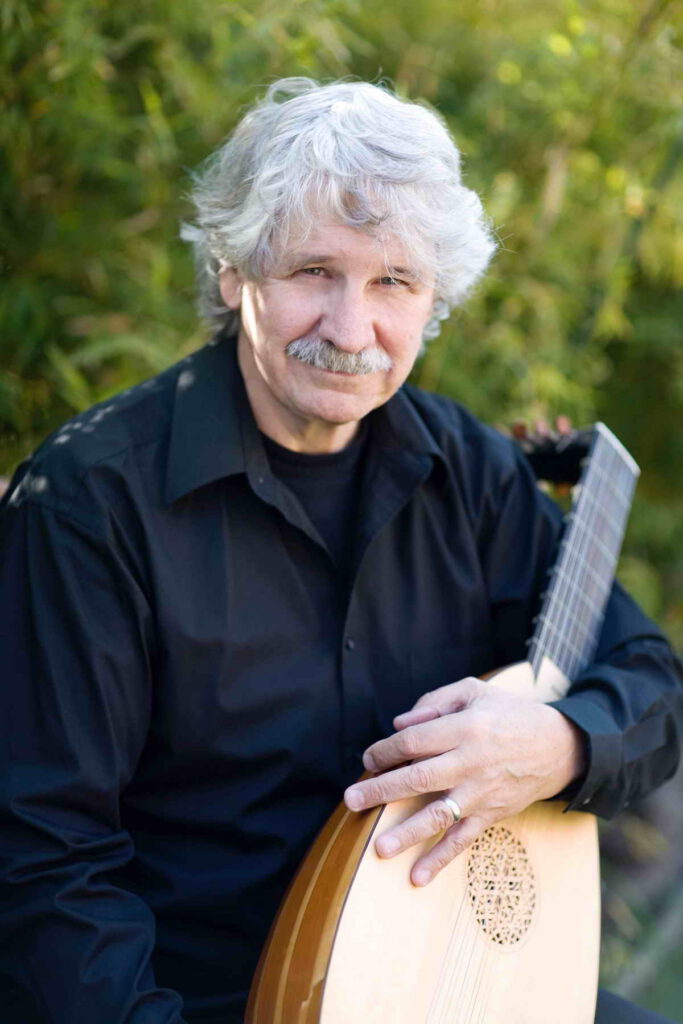
Accessible Lute Music
Those of you who have been using lutemusic.org will notice that the site has a new format, with many new search facilities and other conveniences. However, if you would rather simply work with the old file hierarchy as before, you can do so by clicking on “Files”.
Here you will find more than 17,000 settings of lute pieces (70,000 files) in French tablature in the fronimo (ft3) format, from Francesco Tribioli. I apologize to those who prefer other tab styles, such as Spanish or Italian, but I believe French is the most widely used style. Pieces are also provided in midi, PDF and Wayne Cripp TAB formats. To acquire Wayne TAB or midi files, you first have to click on “Files” and navigate to the file you want. For about 75% of the settings, I have included a facsimile of the MS or book source from which they are derived, in case you would like to compare the modern edition with the original.
These pieces are mostly for renaissance lute, but quite a few are for baroque lute and archlute, and a very few for theorbo, cittern, bandora, guitar etc. Other pieces include songs, continuo, and other ensemble pieces. Under “Lute ensemble” in the list of composers, you will find pieces for two or more lutes.
I hope you get and give a great deal of pleasure from playing the pieces on this site.

